Whether you’re visiting for sausages, Bavarian culture or a certain racetrack, make sure you’re prepared for driving in Germany.
Germany is a popular tourist destination for us Brits – besides tourists from the Netherlands, UK tourists make up the biggest number of foreign visitors.
It’s a country with a lot to offer and enjoy, so it’s a slight shame we can’t catch a ferry directly from the UK to Germany. Instead, you’ll need to dock in France or the Netherlands before driving across the border, if you’re not flying in.
- Requirements
- Checklist
- Rules
- Speed limits
- Autobahn driving
- Driving to the Nürburgring
- German road signs
- Low-emission zones
- Toll roads
- Electric car charging
- Parking
- Driving a UK car in Germany
- Towing
- Hiring a car
Driving in Germany requirements
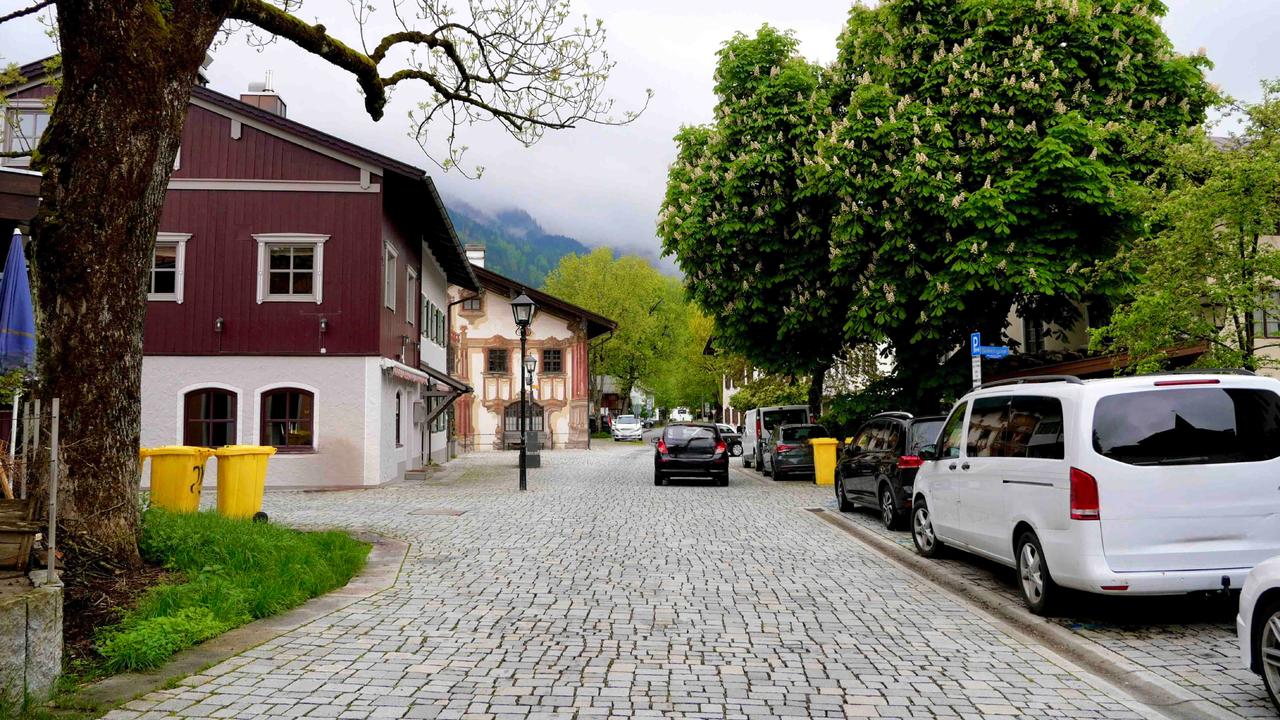
Like other European countries, you’ll need to be at least 18 years old to drive in Germany. If you’re a UK citizen you must hold a full driving licence.
You need a UK identifier on your car – either on the number plate or somewhere visible on the back of the car. If your car has the older GB identifier, you’ll need to replace this or cover it with a UK identifier.
Because they drive on the right in Germany, you’ll need to apply headlamp beam deflectors to your car before you go – unless you have flat-beam headlights or have the option to change the direction of the beam in a settings menu. This is to make sure you don’t dazzle oncoming drivers. You must take them off when you get back to the UK, otherwise you’ll be dazzling your fellow road users over here.
Motorcycle riders and passengers must wear a helmet – including mopeds. You should have your lights on at all times when riding a motorcycle in Germany, and you need to be at least 16 years old to ride a bike with an engine of up to 125cc.
Make sure your car is fitted with winter tyres or all-season tyres if the conditions where you’re going will be cold or wet. You can be fined €60 for not having winter tyres if they’re required. Snow chains are required for particularly icy areas – these are clearly signposted.
Checklist
Here’s what you need to drive in Germany:
- UK driver’s licence (valid and in-date)
- Passport (valid and in-date)
- UK car sticker – not a GB one – if you don’t have a UK identifier on your number plate
- Proof of insurance
- Your car’s V5C logbook if applicable
- A warning triangle in the event of a breakdown
- Headlamp beam deflectors, if needed
- A hi-vis jacket for everyone in the car
Recommended items for driving in Germany:
- European breakdown cover
- Spare bulbs (if your car allows you to replace individual bulbs)
- First aid kit
Rules for driving in Germany
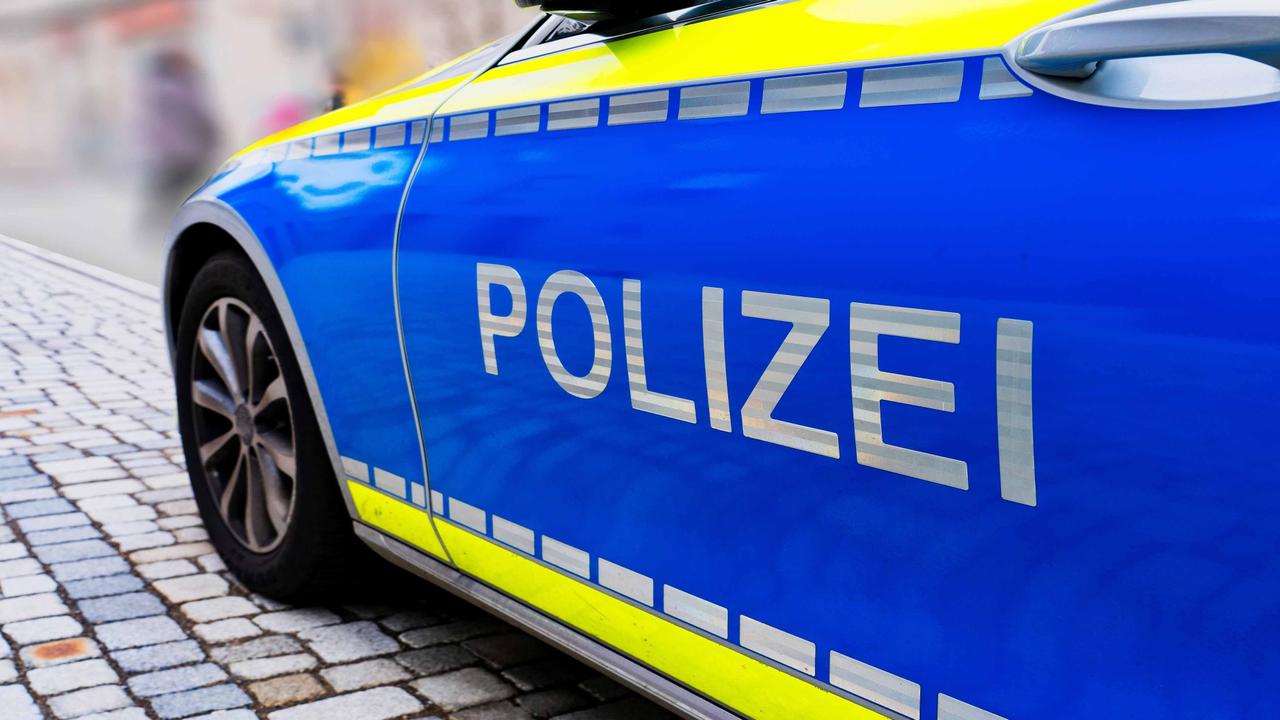
Drive on the right in Germany, and overtake slower-moving vehicles on the left. A ‘no overtaking’ sign means you cannot overtake any vehicle with more than two wheels.
Buses (including school buses) have priority – if a bus is leaving a bus stop, you must give way to it. You cannot overtake a bus that has stopped to pick up or drop off passengers.
You must not block a junction or intersection in heavy traffic, even if you have priority.
The drink-drive limit is 50 milligrams of alcohol per 100 milliletres of blood – the same as in Scotland but less than the rest of the UK. For drivers under 21 and newly qualified drivers of any age, the limit is 0 – if you’re caught with any alcohol on your breath whatsoever, you may be prosecuted. Any driver who blows 110 milligrams or more will be treated as a criminal – meaning heavier punishments.
You must give way to emergency services vehicles that have flashing blue lights on.
You may use your horn or flash your lights outside of heavily populated areas, to signal a warning or a danger to other road users.
All occupants of a car must wear a seatbelt. The fine is €30 if you’re caught not wearing a seatbelt. It doubles and you get a penalty point on your licence if a child in your care isn’t wearing a seatbelt.
Speed camera detectors and jammers are banned in Germany, and you must turn off such warnings in your car or phone if applicable.
Earphones, earpieces and headphones are banned while driving. As you’d expect, you’re not allowed to use your phone while driving – you must use a handsfree system for making and receiving calls.
Dipped headlights are necessary at night-time or in periods of low visibility – such as in fog, in heavy rain or when driving through a tunnel – and you cannot drive with just sidelights on at night.
Speed limits
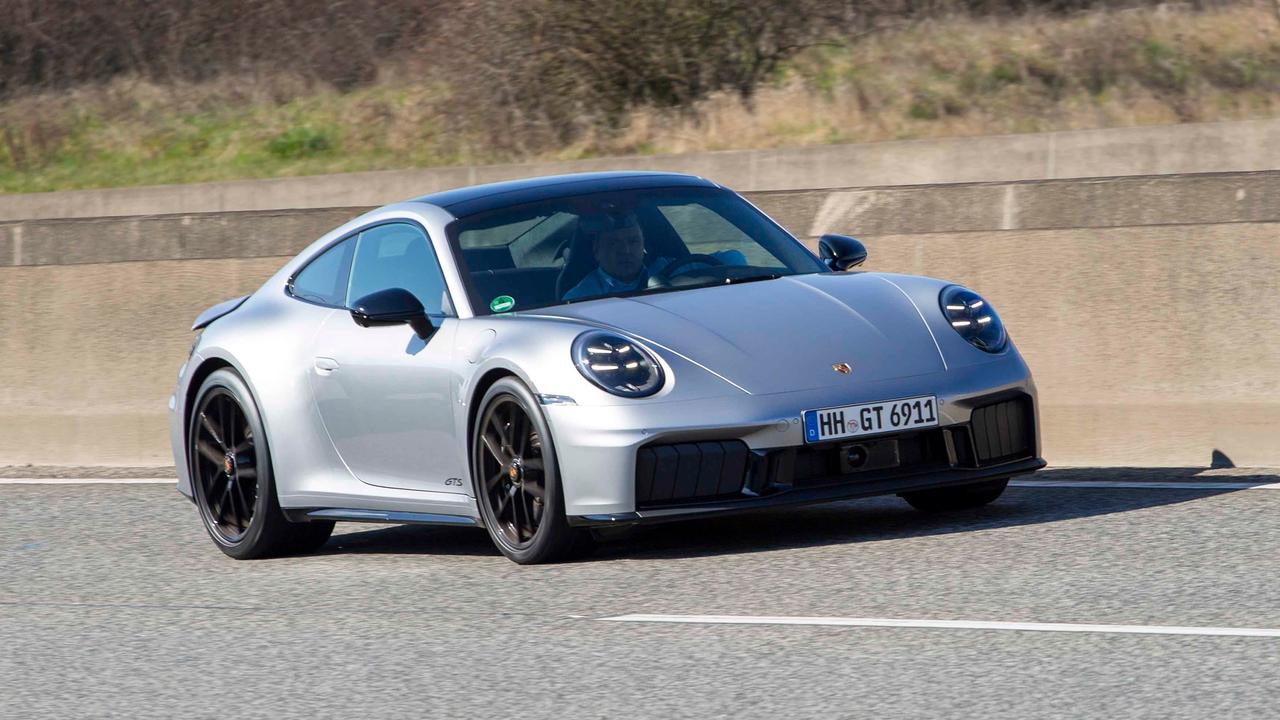
Speed limits are measured in kilometres per hour (km/h) rather than miles per hour like in the UK. Your car’s speedometer may display both units of measurement, or you may be able to change the units in a settings menu.
In built-up areas, the speed limit is usually 50km/h (31mph), although in places it may drop to 30km/h (18mph). Out of town, many routes will have a 100km/h (62mph) speed limit. On dual carriageways and motorways, the limit is usually 130km/h (80mph) where a speed limit applies.
The fine for exceeding the speed limit by 10km/h out of built-up areas is a mere €20, but this can increase to over €700 if you’re caught speeding by more than 70km/h. Additionally, you’ll be handed a 1-3 month driving ban for anything more than 25km/h over the posted limit.
Autobahn driving
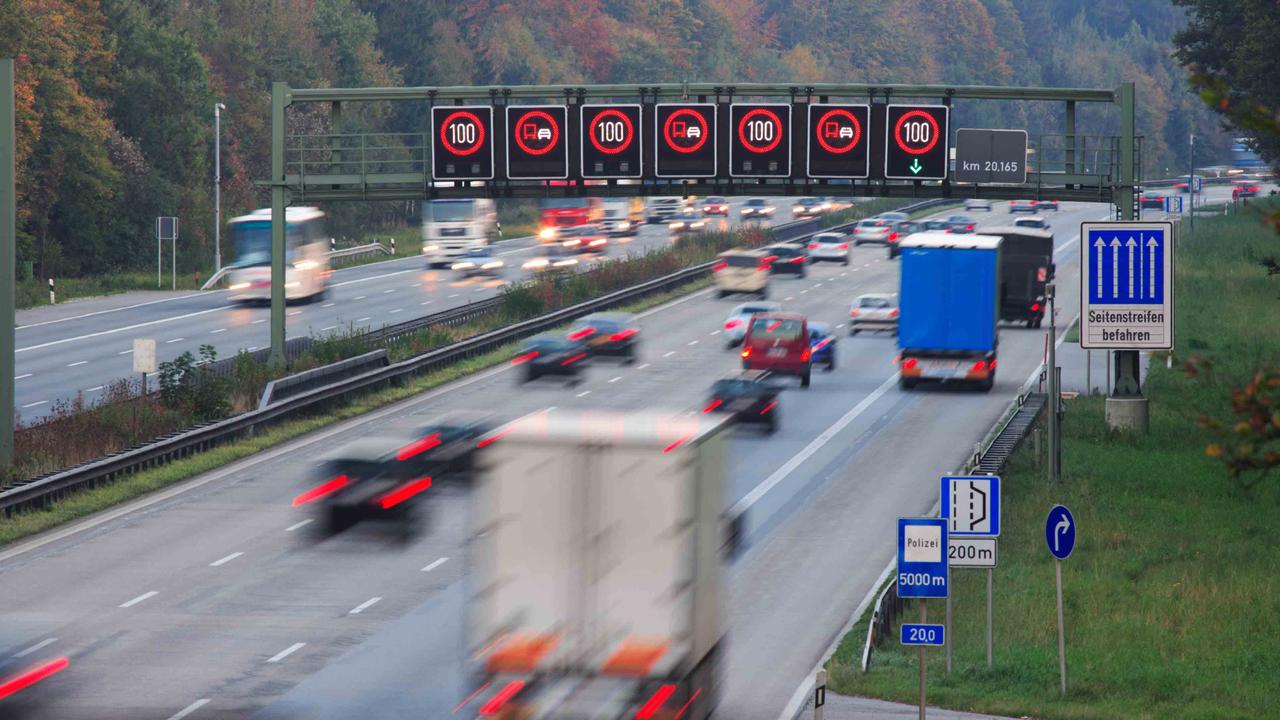
Famously, parts of Germany’s motorway network, called autobahns, are unrestricted and don’t have a speed limit. These sections have a recommended speed limit of 130km/h but this isn’t enforced. Unlimited sections are marked by white circular signs with four thin black diagonal stripes going through them.
When driving on the autobahn, make sure to take particular care when overtaking slower vehicles. There’s always someone travelling faster than you on the autobahn, so you’ll need to thoroughly check your mirrors to make sure nothing is steaming up behind you at high speed. You must pull in to a right-hand lane as soon as you have safely finished your overtake.
In heavy traffic, German drivers will pull to one side of the road to create a lane for emergency vehicles – you must do the same.
Driving to the Nürburgring
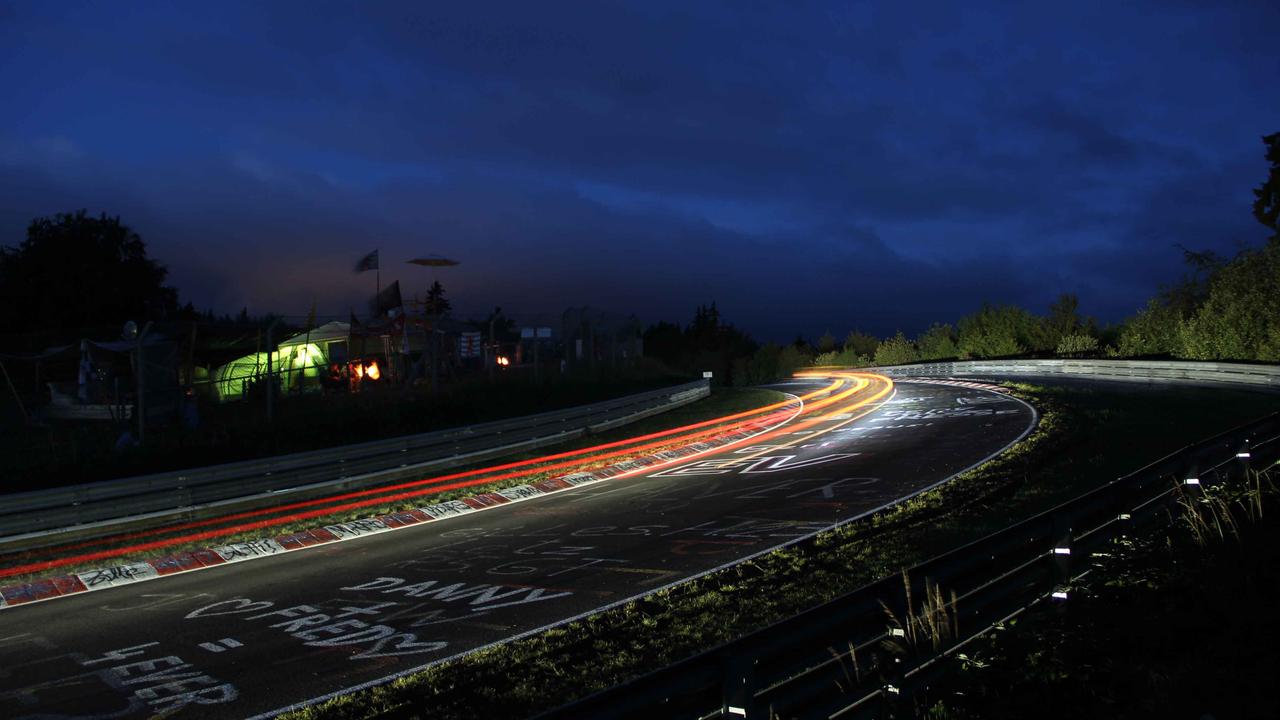
If you’re one of the many driving enthusiasts heading to the Nürburgring racing circuit in western Germany, the main thing to note is that most UK insurance providers specifically do not cover you for driving on the track. Crashing can be expensive, too – you may be charged thousands of pounds in recovery and barrier repair costs.
To get to the Nürburgring, you’ll need to factor in around five hours of travel time from Calais – plus however far you’re travelling in the UK. Make sure to give yourself plenty of time to rest before and after attempting a track session at the circuit.
German road signs
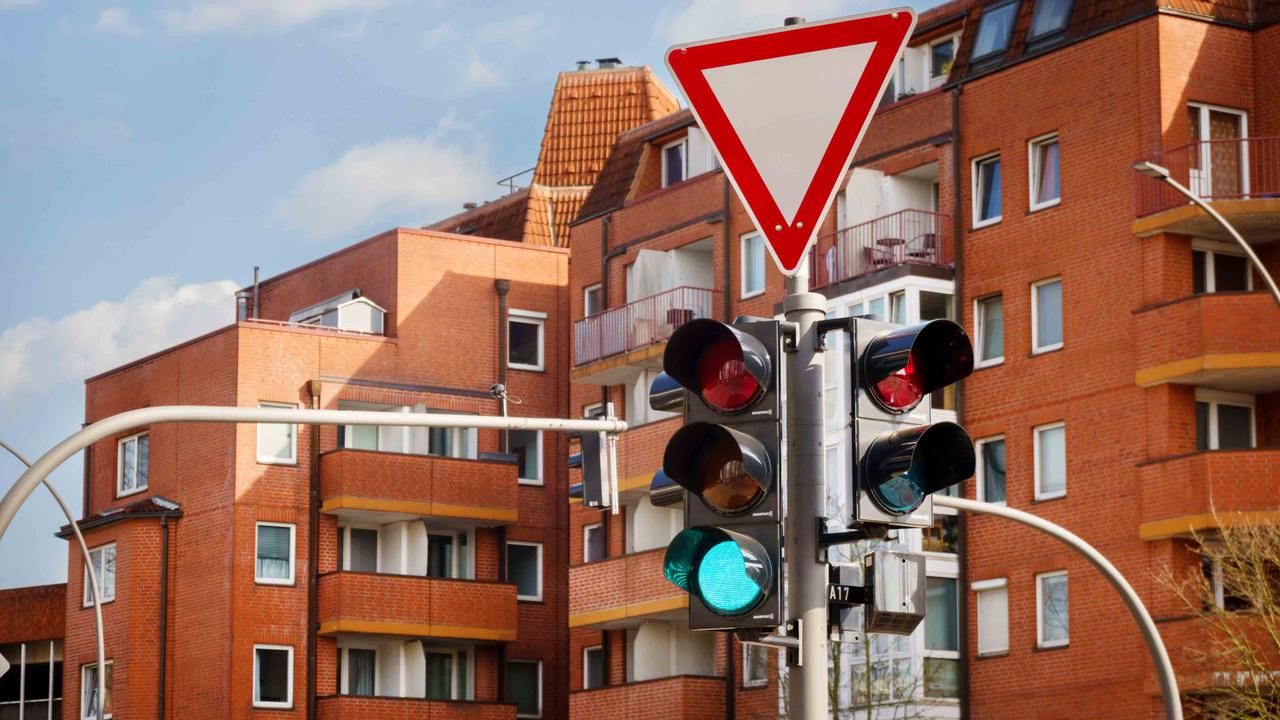
Most German road signs are familiar because they’re close enough to ours.
As in the UK, triangular signs are for warnings and circular signs are laws.
Distances are measured in kilometres and metres.
| German road signs you may come across | English translation |
| Einbahnstraße | One-way street |
| Schulbus | School bus stop – with accompanying operating times |
| Fahrradstraße | Bike street or path |
| Ausfahrt | Exit |
| Polizei | Police station |
| Maut | Toll road |
| Zoll – Douane | Stop ahead – customs |
| Umleitung | Diversion |
| Reißverschluss | Merge in turn |
| Rollsplitt | Loose chippings |
| Unfall | Accident |
| Nebel | Fog |
| Anlieger frei | Residents only |
Emissions stickers and low-emission zones
A growing number of German cities have implemented low-emission zones (called Umweltzones). In common with other emissions zones around mainland Europe, you’ll need to buy a German emissions sticker (an Umweltplakette) that displays the categorisation of your car.
Green stickers are for cars which meet at least the Euro 5 emissions standard. That should cover every car built since 2011, and some from before then. Yellow stickers are for Euro 4, which is cars built since 2006 (and many before). Cars that don’t meet the Euro 4 threshold are not allowed to enter low-emission zones.
You’ll need the sticker on your car before you travel, so allow for sufficient time for delivery – you may need to apply several weeks before you leave the UK. Typically the cost for a sticker will be a few euros, but this depends on the area you’re visiting.
If you drive into an Umweltzone without a sticker displayed, you could be fined €80 plus charges.
Toll roads in Germany
Besides a couple of local toll roads in tunnels in the north of Germany, there aren’t any tolls to worry about unless you’re driving a lorry.
Electric car charging in Germany
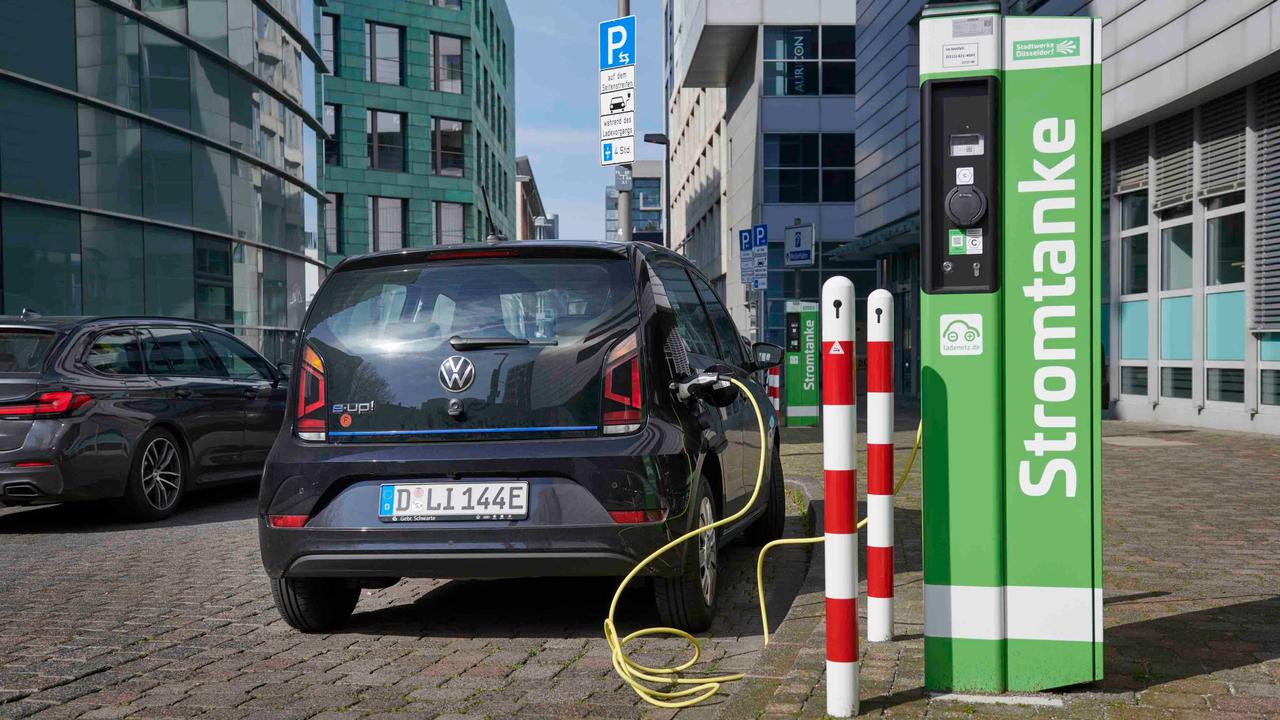
Electric car chargers are very widespread through the country – you’ll likely never be more than a few miles away from one. Generally, you can pay through chargepoint apps or by credit card. Hotels and campsites are likely to advertise if they have EV chargers on-site.
You still need to buy a German emissions sticker for electric cars.
Remember that high-speed driving and using the air conditioning will affect the maximum range of an electric car. Read our guide to planning a long journey in an EV for all the info you need.
Parking in Germany
Germany defines parking as being stationary for more than three minutes.
Parking meters are commonplace, so ensure that you comply with the local signage.
You are not allowed to park within 5m of a pedestrian crossing or an intersection, and you are not allowed to park within 15m of a bus stop.
You are not allowed to block a driveway, taxi rank or narrow road – but hopefully that’s just common courtesy anyway.
You must park in the same direction as the flow of traffic.
At night, if your vehicle is not sufficiently illuminated from street lights or other artificial lights, you must keep parking lights or side lights on.
Driving a UK car in Germany
In Germany, they drive on the right, so local vehicles are left-hand drive. Driving a UK right-hand-drive car abroad can be difficult at certain points. Take extra care at awkward junctions and when manoeuvring, because your blind spots may be different to what you’re used to.
Drive-thrus and parking barriers are set up for left-hand-drive cars, so consider where you’ll be parking or eating if you haven’t got a front-seat passenger.
In an emergency, call 110 for the police or 112 for ambulance or fire services. Alternatively, emergency telephones are positioned every 2km on motorways.
As is the case in the UK, you can be fined in Germany for running out of fuel or EV charge.
Keep your gills chilled – we all know road rage can be a part of driving, but if you get caught being abusive to the police or members of the public, you could be given a huge fine and even put in prison for up to a year.
Towing in Germany
If you’re taking a caravan or motorhome to Germany, it must not be longer than 18.75m, 2.55m wide and 4m tall.
You can’t use an A-frame when towing abroad, so you may need to tow a car behind a campervan on a trailer.
Hiring a car in Germany
The minimum age to hire a car in Germany is 18, but this may depend on the hire company’s policies and the type of vehicle you want to rent. You may need to have held your licence for at least a year.
Make sure to have your passport and driver’s licence on you. And a credit card – you’ll probably need this to pay a deposit.
Car hire excess insurance is much cheaper if you take a policy out before you go. If you take it out at the hire car desk, you’ll pay far more.
If you need to have child seats, try to take your own rather than hiring them abroad. It can sometimes be a lottery as to the condition and availability of child seats for hire – and they’ll be expensive!



































